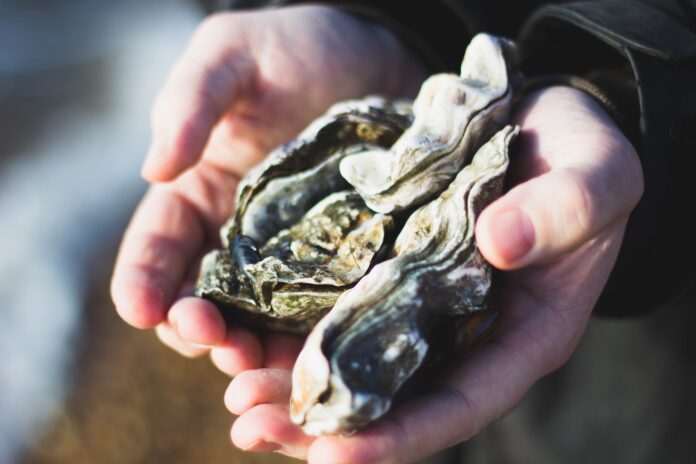In the heart of the Chesapeake Bay, a remarkable environmental endeavor has taken shape. The world’s largest man-made oyster reef has been created in Maryland, marking a significant milestone in the ongoing efforts to restore the bay’s delicate ecosystem and the iconic Eastern oyster, Crassostrea virginica. This ambitious project stands as a testament to the power of environmental stewardship, sustainable practices, and community collaboration. In this article, we will delve into the significance of the world’s largest man-made oyster reef, its impact on the Chesapeake Bay, and the people and organizations behind this monumental achievement.
The Chesapeake Bay and Its Oyster Ecosystem
The Chesapeake Bay, stretching over 200 miles, is the largest estuary in the United States and a vital ecological treasure. However, this magnificent body of water has faced numerous environmental challenges in recent decades, including pollution, overfishing, and habitat degradation. The decline in oyster populations, in particular, has been a matter of deep concern.
Oysters are keystone species in the Chesapeake Bay’s ecosystem. They play a crucial role in improving water quality by filtering pollutants and excess nutrients from the water. Their presence contributes to clearer waters, healthier aquatic habitats, and greater biodiversity. Unfortunately, decades of overharvesting and habitat destruction had taken a significant toll on the Chesapeake Bay’s oyster populations.
The Oyster Recovery Partnership
The Oyster Recovery Partnership (ORP) is a non-profit organization dedicated to the restoration of the Chesapeake Bay’s oyster population. For more than two decades, the ORP has been at the forefront of oyster restoration efforts, working closely with government agencies, scientists, and local communities. Their mission is to establish self-sustaining oyster populations that can help heal the bay’s fragile ecosystem.
Creating the World’s Largest Man-Made Oyster Reef
In September 2023, the Oyster Recovery Partnership, in collaboration with several state and federal agencies, unveiled the world’s largest man-made oyster reef. This remarkable project involved the deployment of over two billion oyster shells, collected from seafood restaurants and recycling centers across the region. These shells serve as the foundation for oyster larvae to attach, grow, and eventually develop into mature oysters.
The location chosen for this monumental reef is the Tred Avon River on Maryland’s Eastern Shore. Covering an area of approximately 375 acres, the reef is expected to provide habitat for billions of oysters and numerous other aquatic species. This vast restoration project is a significant step towards revitalizing the Chesapeake Bay’s ecosystem and ensuring the survival of this precious native species.
Environmental and Economic Benefits
The creation of the world’s largest man-made oyster reef carries a multitude of benefits for the Chesapeake Bay and its surrounding communities. By enhancing water quality through natural filtration and increasing biodiversity, oysters contribute to healthier ecosystems. Additionally, healthier oyster populations can lead to increased commercial and recreational fishing opportunities, boosting the local economy.
The reef also offers a real-world demonstration of the effectiveness of sustainable practices in mitigating environmental issues. Recycling discarded oyster shells to build the reef not only reduces waste but also helps to rebuild a depleted natural resource.
Community Involvement
The success of the world’s largest man-made oyster reef is the result of collaborative efforts involving various stakeholders, including government agencies, nonprofit organizations, and local communities. Volunteers and concerned citizens have played an essential role in collecting and transporting oyster shells for the project.
The creation of the world’s largest man-made oyster reef in Maryland is a remarkable achievement in the ongoing efforts to restore the Chesapeake Bay and its critical oyster ecosystem. This project serves as a testament to the power of environmental stewardship, community collaboration, and sustainable practices. It highlights the importance of investing in the preservation of our natural resources, not only for the sake of the environment but also for the economic and recreational well-being of local communities. The world’s largest man-made oyster reef stands as a symbol of hope for the Chesapeake Bay and a source of inspiration for environmental restoration projects around the world.
Photo by Charlotte Coneybeer on Unsplash
Views: 45






